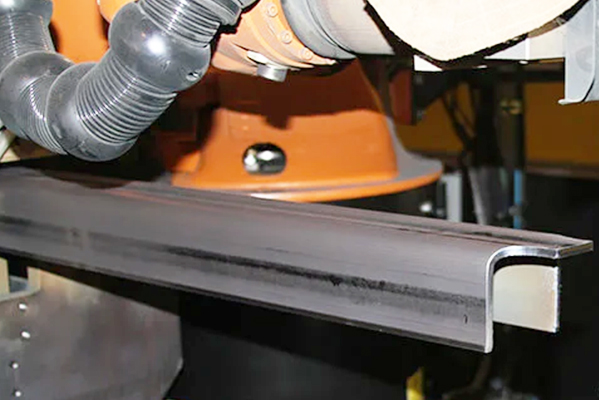Navigation Menu
Contact Us
- Email:
- info@wxavatar.com
- Address:
- Yurong Village, Yuqi Street, Huishan District, Wuxi, China.
Release Date:May 10, 2025 Visit:55 Source:Roll Forming Machine Factory
In today’s construction industry, steel framing systems have become a popular choice for their durability and efficiency. A key factor driving this trend is the growing use of automation, which has transformed how steel structures are designed, fabricated, and assembled. Let’s take a closer look at how automation is shaping modern steel framing.
1. Precision in Design and Cutting
Automation starts with design. Advanced software allows engineers to create detailed 3D models of steel frames, ensuring every component fits perfectly. Once the design is finalized, automated machinery takes over, cutting and shaping steel beams with high accuracy. This reduces errors and waste, making the entire process smoother.

2. Faster Fabrication
Traditional steel fabrication involves a lot of manual labor, which can slow things down. Automated machines, such as CNC (Computer Numerical Control) cutters and robotic welders, speed up production while maintaining consistency. This means buildings can go up faster without sacrificing quality.
3. Improved Safety
Working with heavy steel components can be risky. Automation minimizes the need for workers to handle large beams manually, reducing the chance of injuries. Robots and machinery take on the most physically demanding tasks, creating a safer job site.
4. Easier Assembly
Automated systems often include pre-drilled holes and pre-welded connections, making on-site assembly simpler. Workers can fit pieces together like a puzzle, saving time and effort. Some companies even use automated guided vehicles (AGVs) to transport materials around construction sites, further streamlining the process.
5. Cost Efficiency
While setting up automated systems requires an initial investment, the long-term savings are significant. Faster production, less material waste, and reduced labor costs make steel framing more economical for large and small projects alike.
The Future of Steel Framing
As automation technology continues to improve, we can expect even greater advancements in steel framing. Smarter machines, better software, and more efficient workflows will likely make steel construction an even more attractive option.

In summary, automation plays a crucial role in modern steel framing by enhancing precision, speed, safety, and affordability. It’s helping builders meet demands more effectively while maintaining high standards—proof that technology and construction make a strong team.